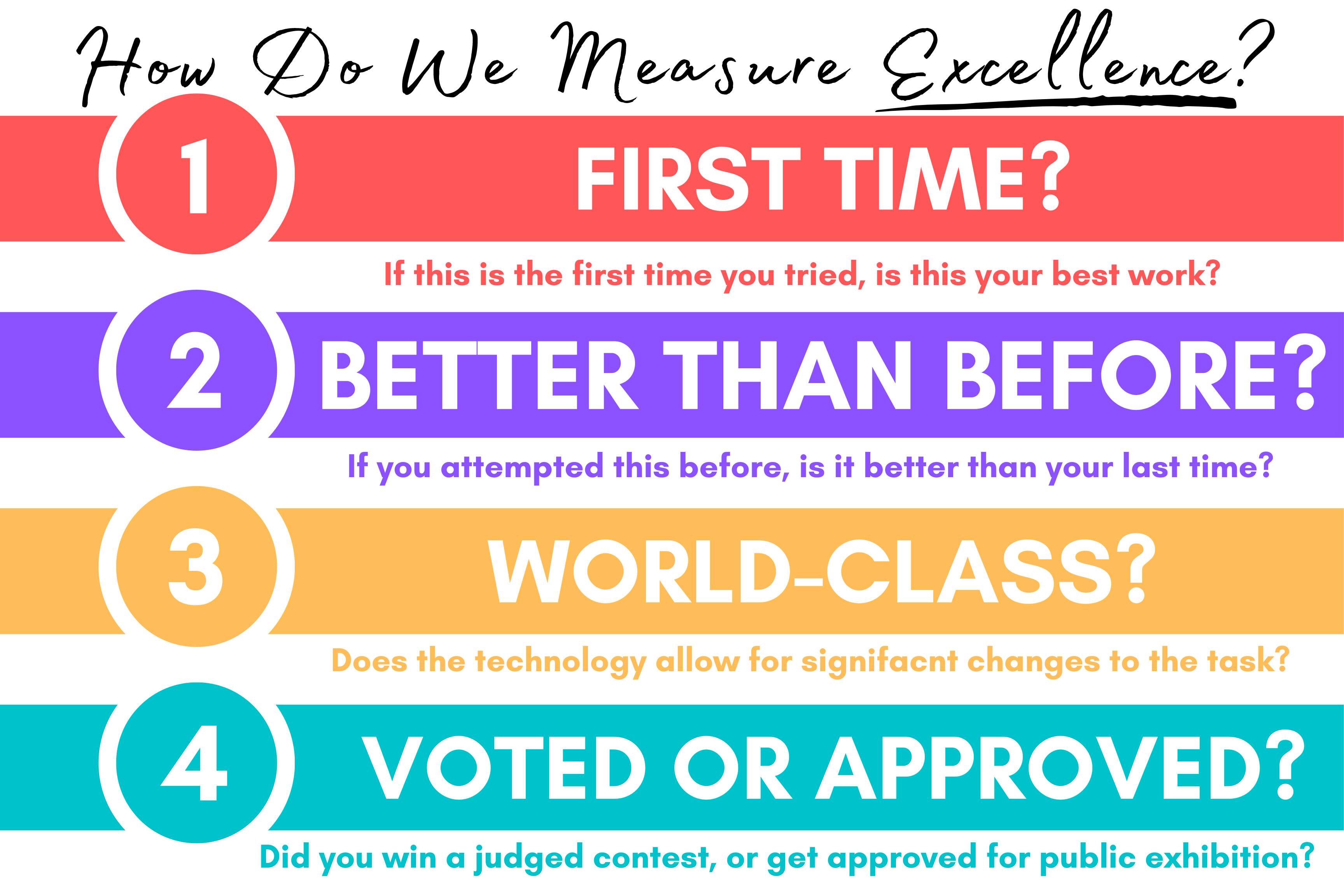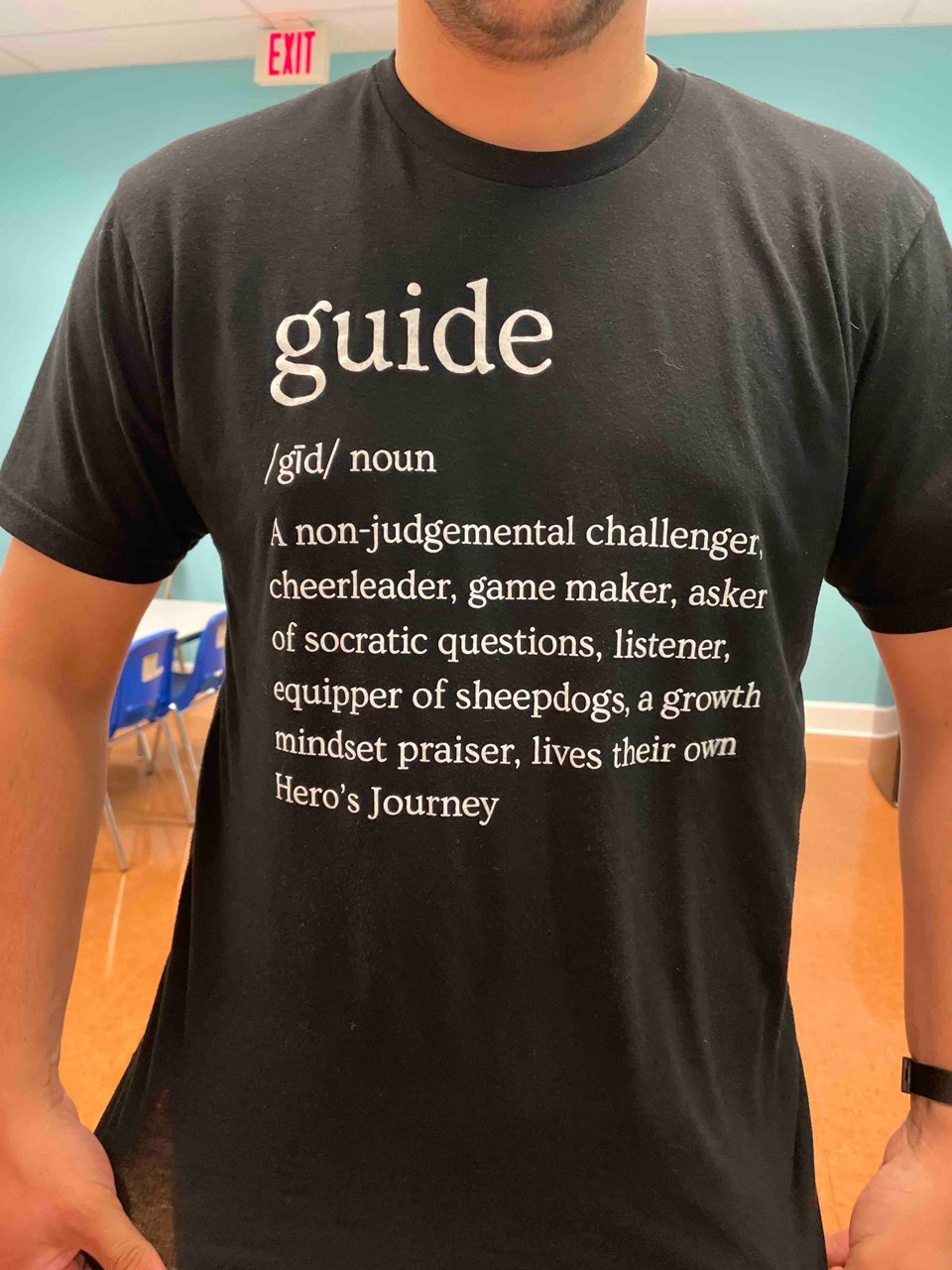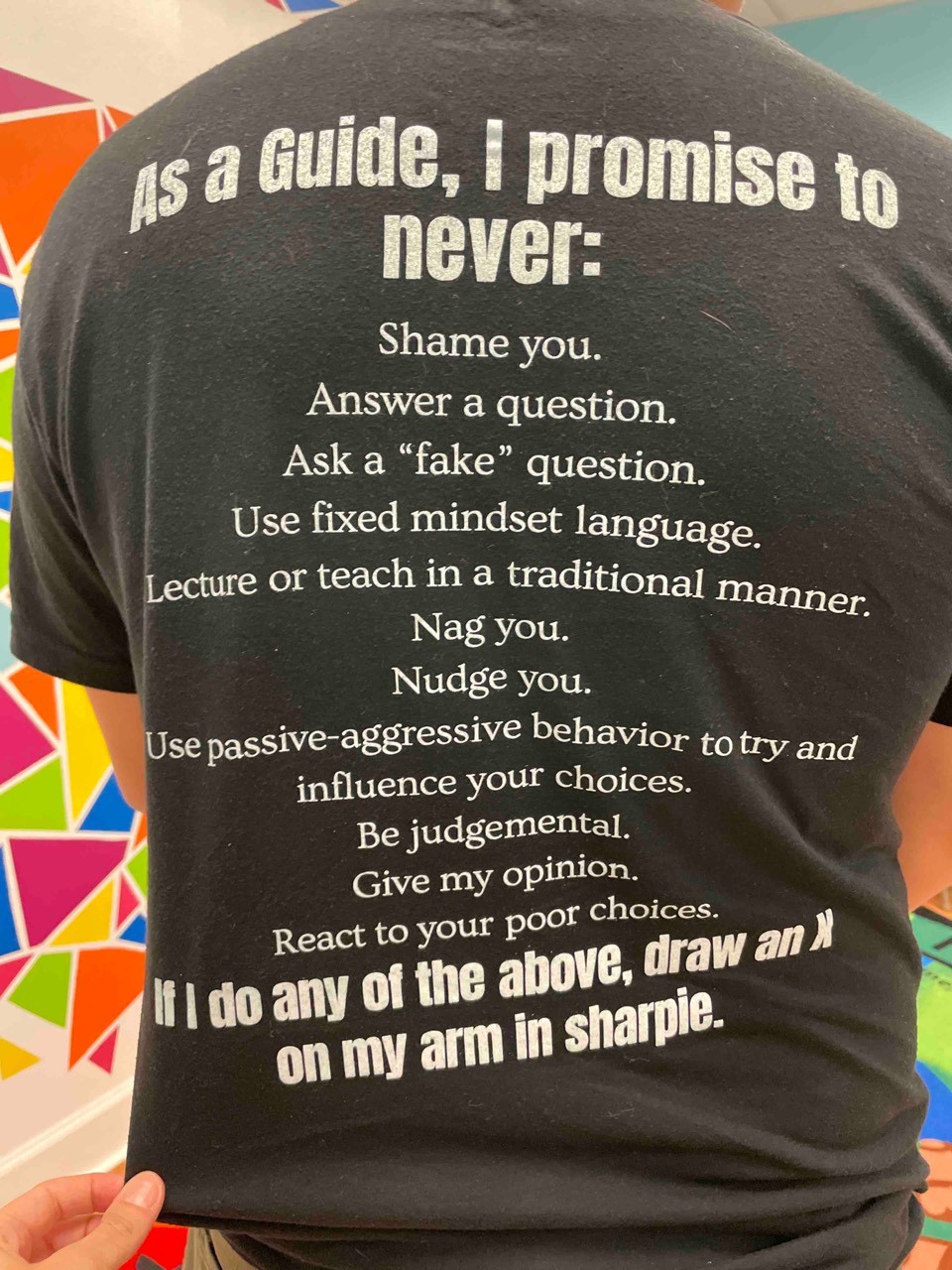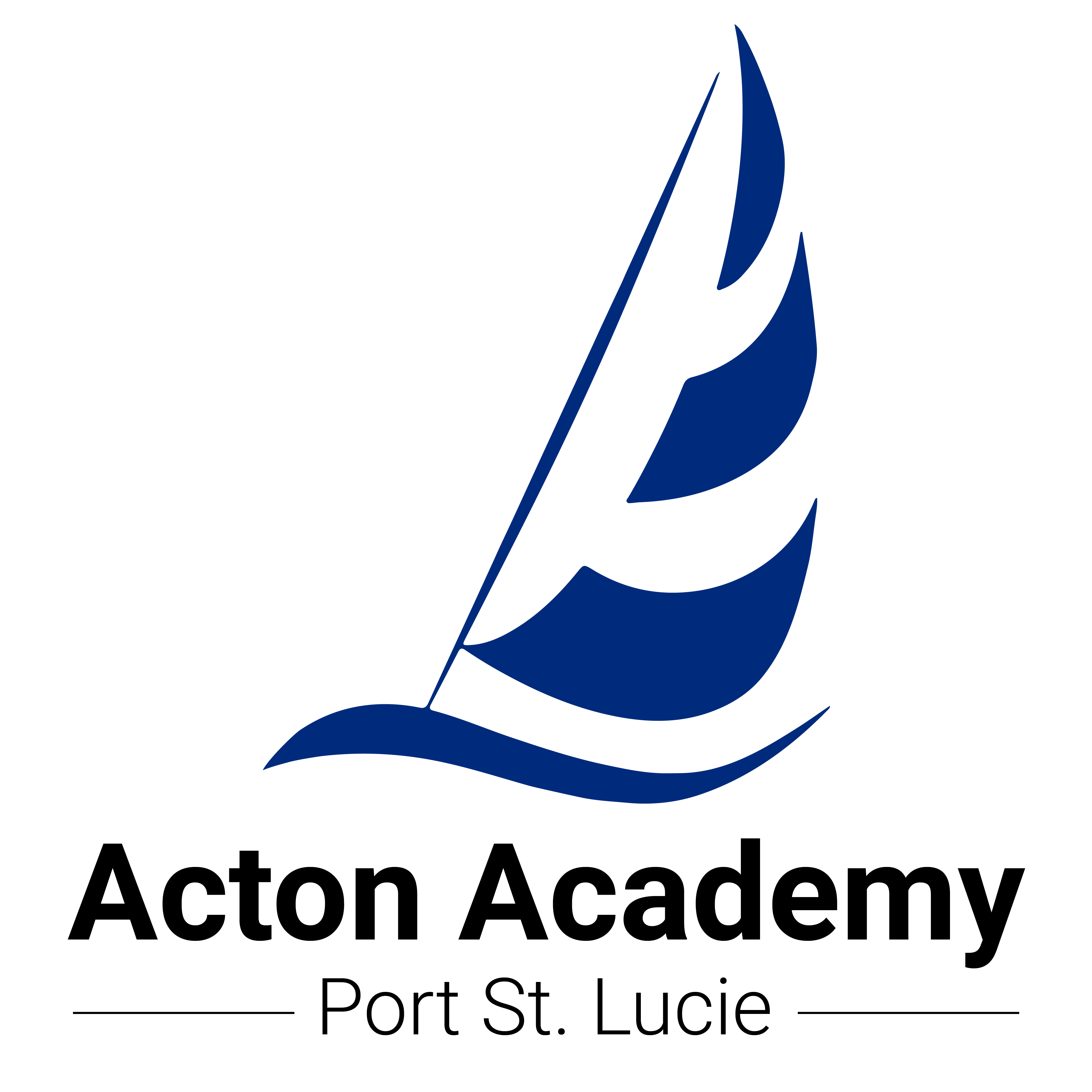We don’t have teachers at Acton. We have guides.
The guides’ role is to equip, inspire, and connect so that the learners can be handed the keys to the studio.
The most ideal situation at an Acton is for a guest to walk in and see a whole studio of children running everything, with one adult in the corner who is essentially only there for safety purposes.
So how do we get there? Well first, as guides, we make a promise to the learners and to the whole network of Actons: Never answer a question.
“What time is lunch at?” “Can I get another sheet of paper for this?” “Why does she get more free time?”
These are all common questions in any educational setting, and by no means are we trying to encourage learners from asking them. We are trying to foster in them the independence needed to become lifelong learners who don’t have to depend on others for their learning.
But still, even knowing we won’t answer their questions, our learners come up and ask us things. It’s natural, and as I said, we aren’t trying to get them to stop asking questions. So instead, we point them to their 3 Bs before G (the G being the Guide).
The 3 Bs:
- Brain
- Buddy
- Book/Board/Binder
Before asking the guide a question, learners are asked if they have already used their Brain, if they’ve asked a Buddy, and if they’ve looked in their Book or the Board.
The Brain isn’t meant to humiliate them; it’s not a question about intelligence, or telling them to “figure it out on your own!” It’s asking them to think about it first.
“Why does she get more free time?” Using their Brain means thinking about the question first, and even deciding on a course of action. “I remember the guide said we could earn extra free time today if we did something, but I don’t remember what. I’m gonna guess that’s what she did.”
The Buddy is meant to foster their tribe, and it gives learners (especially older ones) the opportunity to practice servant leadership and become Sheepdogs. It gets them to not only rely on each other, but care for each other as well.
“Can I get another sheet of paper for this?” An older learner might say, “The instructions said you can have two pieces of paper.”
The best is when the Buddies start to act like guides as well, asking questions so that the learner is even more independent.
The Book/Board/Binder varies by Actons. The idea is that there are tools around the studio that empower them to take control of their journey and not rely on an adult.
As we’re big on the Hero’s Journey, we know that many archetypal stories have tools that heroes use to accomplish their mission. The One Ring, a lightsaber, a wand — these are tools that empower the hero to slay their dragon.
Likewise, we post tools around the studio. Struggling with math? Instead of relying on an adult, we have whiteboards that you can write on, manipulatives, or even shapes. Computer program isn’t working? Look at the Computer Fixes tool on the wall.

Using their three Bs before G develops them into world-changers. Someone who is in charge of their journey won’t find themselves 21 with tens of thousands of dollars to get a degree they like to then say, “Yeah but no one told me.”
Someone who’s in charge of their own journey won’t blame anyone else for the choices they make.
It’s just one way we gamify learning while fostering independence, accountability, and responsibility.



